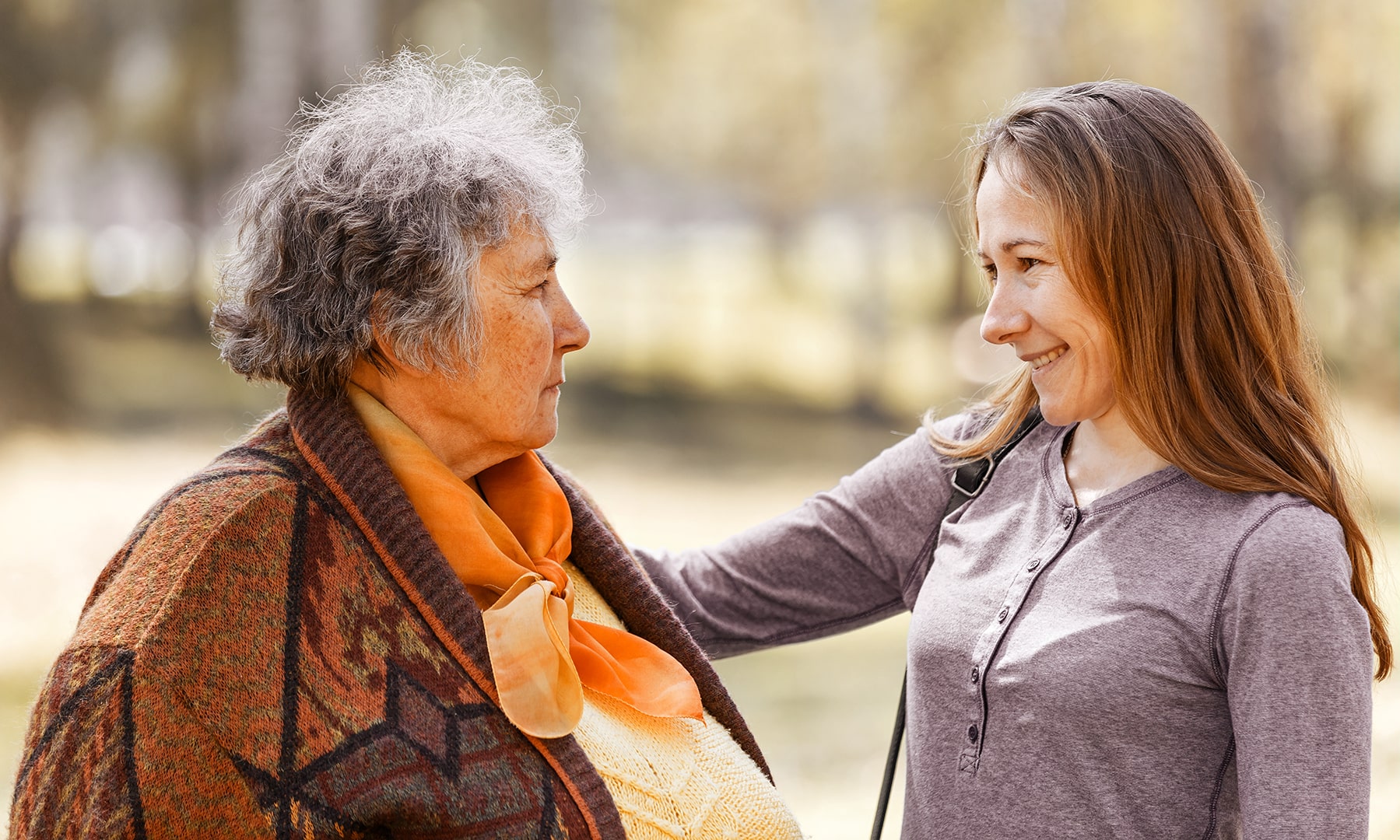Multiple studies now show the adverse effects of isolation on the psychological and physical well-being of seniors, as well as their life expectancy. Studies show that loneliness and social isolation can affect longevity as significantly as a sedentary lifestyle, obesity, and smoking. In fact, the Harvard Study of Adult Development, started in 1939, shows that the quality of human relationships is one of the most reliable factors for predicting a person’s happiness level and the quality of their health over the course of their lifetime [1] [2].
Loneliness and its effects on the heart
It is often said that “A happy heart is a healthy heart”. Sadly, it appears that the opposite is also true: social isolation and loneliness can lead to an increased risk of heart disease. In fact, epidemiological studies show that a weak social network can increase:
- Hypertension;
- Coronary heart disease;
- Heart failure;
- Cardiovascular problems.
A strong support network, on the other hand, can make it easier to overcome life’s great hardships (mourning, illness, accidents….) and reduces stress.
Indeed, it has been proven that a good social network leads to a healthier lifestyle and encourages people to be more active.
Finally, the more people there are in a person’s social circle, the better their chances of obtaining good health advice. Those who have a good support system also tend to consult sooner than those who are isolated [1].
In our own words, let us conclude by saying that “a visit a day keeps the cardiologist away”!
Other adverse effects on physical health
According to a report by the National Seniors Council, people who live alone are 4 to 5 times more likely to be hospitalized.
Chronic stress caused by isolation affects the immune system and causes inflammation, a problem associated with various diseases such as coronary heart failure, type 2 diabetes and arthritis [3]. It also modifies the body’s endocrine activity [4]. People who suffer from severe isolation have higher levels of antibodies associated with an increase in pain, depression and chronic fatigue. In addition, isolated individuals live in a constant state of hypervigilance that disturbs sleep patterns and increases the risk of morbidity and mortality [5].
These are only a few of the detrimental effects of social isolation on the body, but they are more than sufficient to demonstrate the need for action.
Social isolation also affects the brain
The social distancing measures imposed during the pandemic have allowed us to take full measure of the negative impacts of isolation on mental health. These measures have revealed correlations that scientists have been exploring and quantifying for a long time, and it is now evident that social isolation increases the risk of depression and suicide in addition to increasing the risk of dementia by 60% [6].
It has also been demonstrated that after the age of 65, unsolicited neurons deteriorate and die more quickly. This phenomenon, together with other cognitive losses, results in a decline of reasoning and memory and may contribute to the onset of Alzheimer’s disease [7].
These various aspects have been extensively observed and documented in residential and long-term care centers (CHSLDs) during the pandemic, but also among older people in general who found themselves isolated from their relatives.
Again and again, these observations show the importance of human contact in preventing some of the negative, but avoidable, consequences of aging.
Isolation increases the risk of abuse
Every year in Quebec, thousands of elderly people suffer from abuse – an issue often ignored in public discussions.
According to a National Seniors Council report, social isolation is considered a risk factor for elder abuse. Cognitive deficiencies and mobility problems can make some older people vulnerable to caregivers and individuals in positions of power.
According to the Government of Quebec, abuse can be divided into 7 types:
- Psychological mistreatment;
- Physical mistreatment;
- Sexual mistreatment;
- Material or financial mistreatment;
- Institutional mistreatment;
- Ageism;
- Violation of rights.
Several subcategories can be added to this list, demonstrating that elder abuse alone is a real public health issue that deserves greater institutional involvement.
Taking action now
As the population ages, the number of elderly people living in isolation will also continue to grow. It is crucial to take action today to limit this crisis of unprecedented proportions.
Little Brothers is mobilizing more than ever to provide companionship for elders in need. We have already made a huge difference and we will intensify our efforts, but we cannot fight this situation alone. While it is clear that the government needs to make a bigger commitment, the general population must also get involved.
Every member of society must be more attentive to seniors. Regular interactions with older people in our communities make it possible to detect isolation and abuse. This is an important first step that eventually leads to cases being reported and action being taken.
We need you. Elders need you.
Sources :
[1] Juneau, M. (2017). L’isolement social, un important facteur de risque de mortalité prématurée
[2] Waldinger, R. What makes a good life? Lessons from the longest study on happiness
[3] Ohio State University. Loneliness, like chronic stress, taxes the immune system
[4] Cacioppo, J T. Cacioppo, S. Capitanio, J P. Cole, S W (2013). The Neuroendocrinology of Social Isolation
[5] Hawkley, L C. Cacioppo, J T. (2010). Loneliness Matters: A Theoretical and Empirical Review of Consequences and Mechanisms
[6] Conseil national des aînés (2013). Rapport sur l’isolement social des aînés
[7] Wilson, R S. Krueger, K S. (2007). Loneliness and risk of Alzheimer disease
[8] Gouvernement du Québec (2018). Un Québec pour tous les âges. Plan d’action 2018-2023














